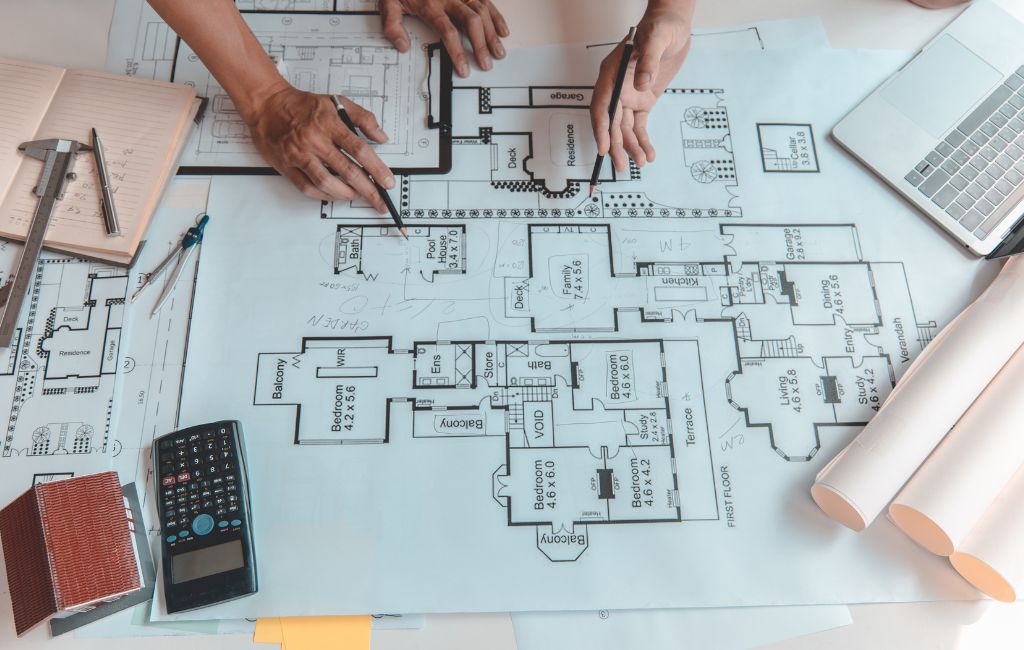
Architect Insights
Architect Insights: Designing the Future
In an era where technology and sustainability are at the forefront of innovation, the field of architecture is undergoing a transformative shift. Architects are now tasked with creating spaces that not only meet the functional needs of society but also address environmental concerns and technological advancements. This article explores the insights and strategies that are shaping the future of architectural design.
The Role of Technology in Modern Architecture
Technology has become a cornerstone in the evolution of architectural design. With the advent of advanced software and digital tools, architects can now visualize and simulate their designs with unprecedented accuracy. This technological integration allows for more efficient planning and execution of projects.
- Building Information Modeling (BIM): BIM is revolutionizing the way architects design and manage projects. By creating detailed 3D models, architects can foresee potential issues and optimize building performance.
- Virtual Reality (VR): VR enables architects and clients to experience a building before it is constructed. This immersive technology aids in refining design elements and improving client satisfaction.
- 3D Printing: This technology is paving the way for innovative construction methods, allowing for the creation of complex structures with reduced waste and cost.
Sustainability: A Core Principle
As environmental concerns continue to rise, sustainable architecture has become a priority. Architects are now focusing on creating buildings that minimize ecological impact and promote energy efficiency.
- Green Building Materials: The use of sustainable materials such as bamboo, recycled steel, and low-VOC paints is becoming more prevalent.
- Energy Efficiency: Incorporating solar panels, green roofs, and energy-efficient HVAC systems helps reduce a building’s carbon footprint.
- Water Conservation: Implementing rainwater harvesting systems and low-flow fixtures contributes to sustainable water management.
Urbanization and Smart Cities
With the global population increasingly concentrated in urban areas, architects are challenged to design cities that are both livable and efficient. The concept of smart cities is gaining traction, where technology and data are used to enhance urban living.
- Integrated Infrastructure: Smart cities utilize interconnected systems for transportation, energy, and communication to improve efficiency and reduce congestion.
- Public Spaces: Designing accessible and green public spaces is key to enhancing the quality of urban life.
- Data-Driven Design: Using data analytics, architects can create responsive environments that adapt to the needs of residents.
Case Studies: Pioneering Projects
Several projects around the world exemplify the innovative approaches being taken in modern architecture.
- The Edge, Amsterdam: Known as the world’s most sustainable office building, The Edge uses smart technology to optimize energy use and enhance employee well-being.
- Marina Bay Sands, Singapore: This iconic structure integrates sustainable design with luxury, featuring a massive green roof and efficient energy systems.
- Masdar City, UAE: A model for sustainable urban development, Masdar City is designed to be carbon-neutral and zero-waste.
The Human Element in Design
While technology and sustainability are driving forces, the human element remains central to architectural design. Creating spaces that foster community, well-being, and inclusivity is paramount.
- Biophilic Design: Incorporating natural elements into architecture can improve mental health and productivity.
- Inclusive Design: Ensuring accessibility for all individuals, regardless of ability, is a fundamental aspect of modern architecture.
- Community Engagement: Involving local communities in the design process helps create spaces that reflect their needs and values.
Conclusion
The future of architecture is being shaped by a blend of technology, sustainability, and human-centric design. As architects continue to innovate, they are redefining the built environment to meet the challenges of tomorrow. By embracing these insights, the architectural community is poised to create spaces that are not only functional and beautiful but also sustainable and inclusive.
- “Can Δ⁹-THC Gummy Consumption Help with Focus and Productivity?”
- Can CBD Oil Help Your Furry Pal? Benefits and Uses for Canines
- A Natural Solution: Just How CBD Oil Can Assist Reduce Joint Inflammation in Dogs
- Lear Resources Reviews: Separating Reality from Fiction
- The Right Way to Use Delta nine Gummies: Dosing Guide, Effects, and More Info